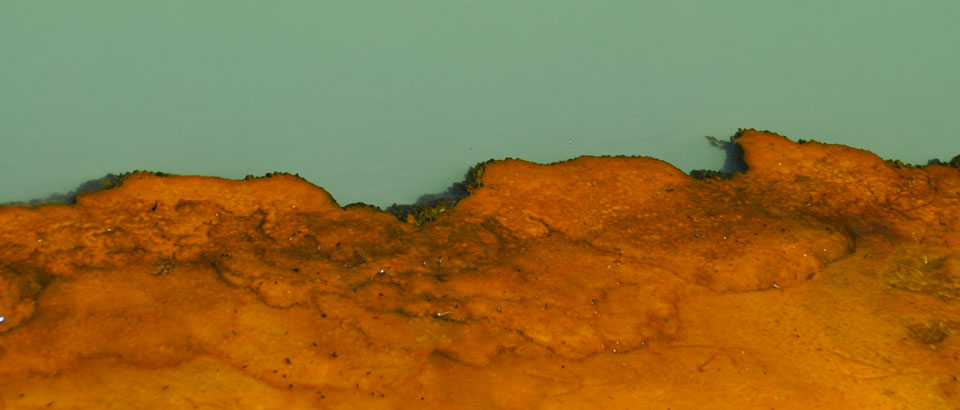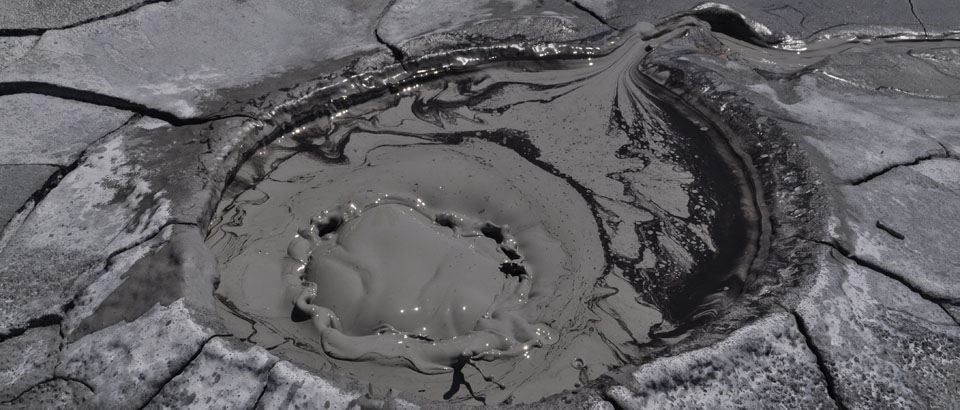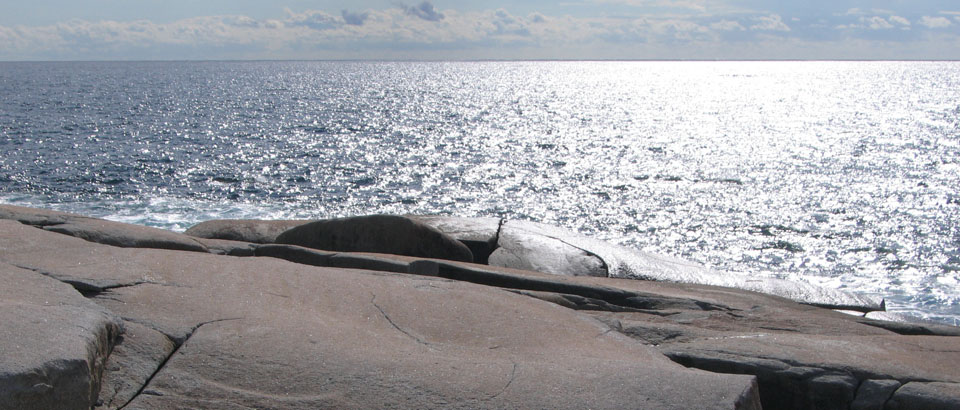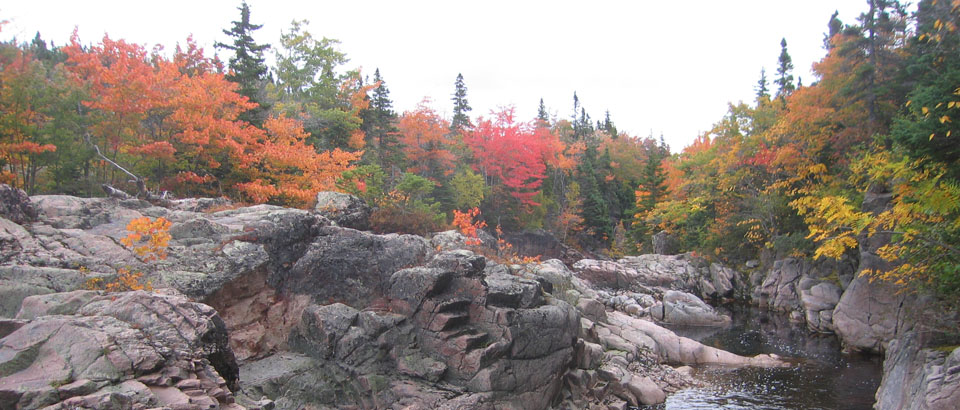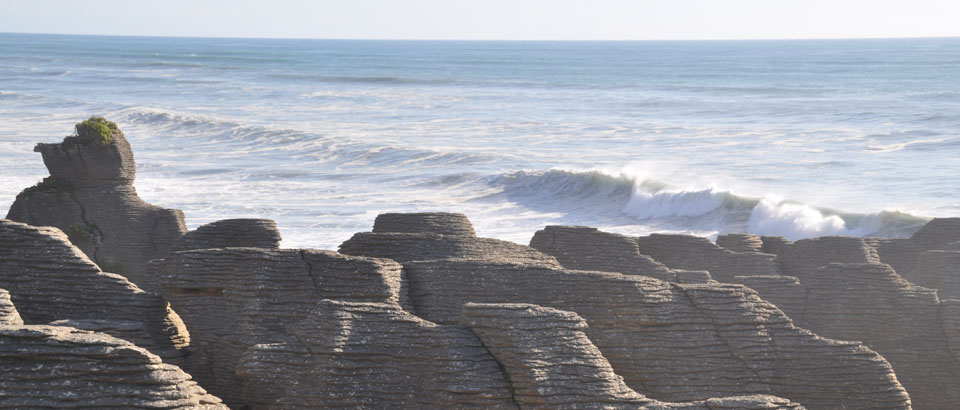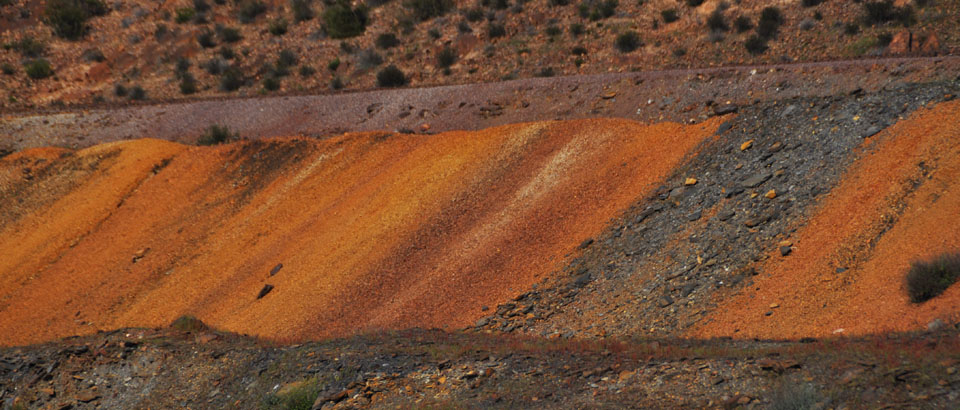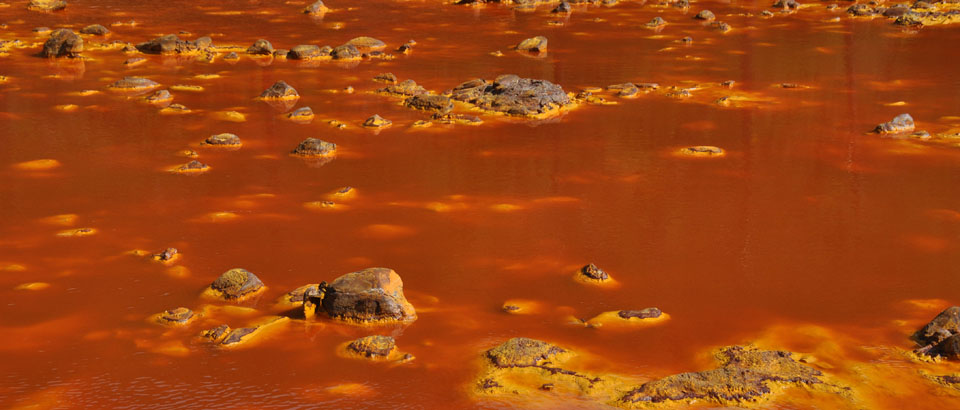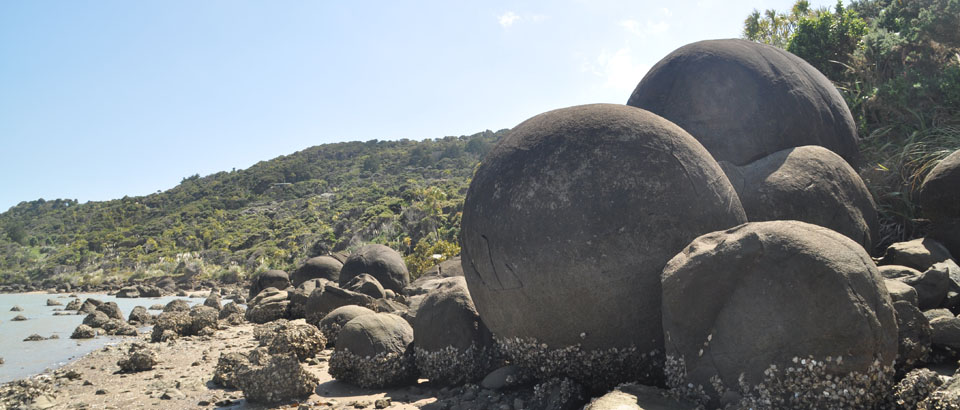The North American Cordillera and West European Variscides: Contrasting interpretations of similar mountain systems. S.T. Johnston, G. Gutiérrez-Alonso, 2010, Gondwana Research, 17, 516-525. DESCARGAR-DOWNLOAD.
RESUMEN-ABSTRACT
We compare the Variscan orogen of western Europe with the Cordilleran orogen of western North America. The two orogens are products of very different geodynamic settings. The Variscan records continental collisions during the assembly of Pangea, lay within the heart of the supercontinent, and formed in response to attempted subduction of Gondwana beneath Laurussia. The Cordilleran orogen developed in response to an increase in the rate of convergence across the inward dipping subduction zones that bound Pangea during its break-up, formed at the periphery of the supercontinent during its demise, and is attributed to the collapse of an upper plate back-arc basin. Despite their geodynamic disparities, the two orogens share numerous traits. The architecture of the two orogens is similar: little metamorphosed passive margin strata have been imbricated within cratonward-verging fold and thrust belts accommodating ∼250 km of shortening. Regionally metamorphosed siliciclastic assemblages, presumably derived from the distal edges of the passive margins, comprise the metamorphic hinterlands, and lie in the footwall of major thrusts along which oceanic assemblages have been obducted. Significant transpression, including the development of dextral strike–slip faults that have accommodated between 850 and 2000 kms of translation, characterizes both orogens. Voluminous granitic magmatic suites post-date collision by 40 to 50 m.y. in the Variscan and Cordillera, respectively; young toward the forelands; and are syn- to post-kinematic with respect to dextral transpression and thrust belt development. Continental scale oroclines, including the Iberian orocline in the Variscan and the Alaskan oroclines in the Cordillera are perhaps the most striking and enigmatic features of the two orogens. Structural and paleomagnetic data demonstrate that the large-scale bends of the Variscan and Cordilleran orogens both resulted from bending of previously linear orogens about vertical axes ofrotation. Paleomagnetic constraints on paleolatitude are difficult to reconcile with geological data; in both instances geological and stratigraphic studies used to define autochthonous lithosphere is at odds with paleomagnetic data requiring thousands of km of latitudinal separation. The inability to distinguish the orogens, except based on their ages and locations, places strict limits on our ability to constrain paleogeographic models based on orogenic analysis. An alternative interpretation is that our models for the development of one or both of the Variscan and Cordilleran orogens are flawed.


